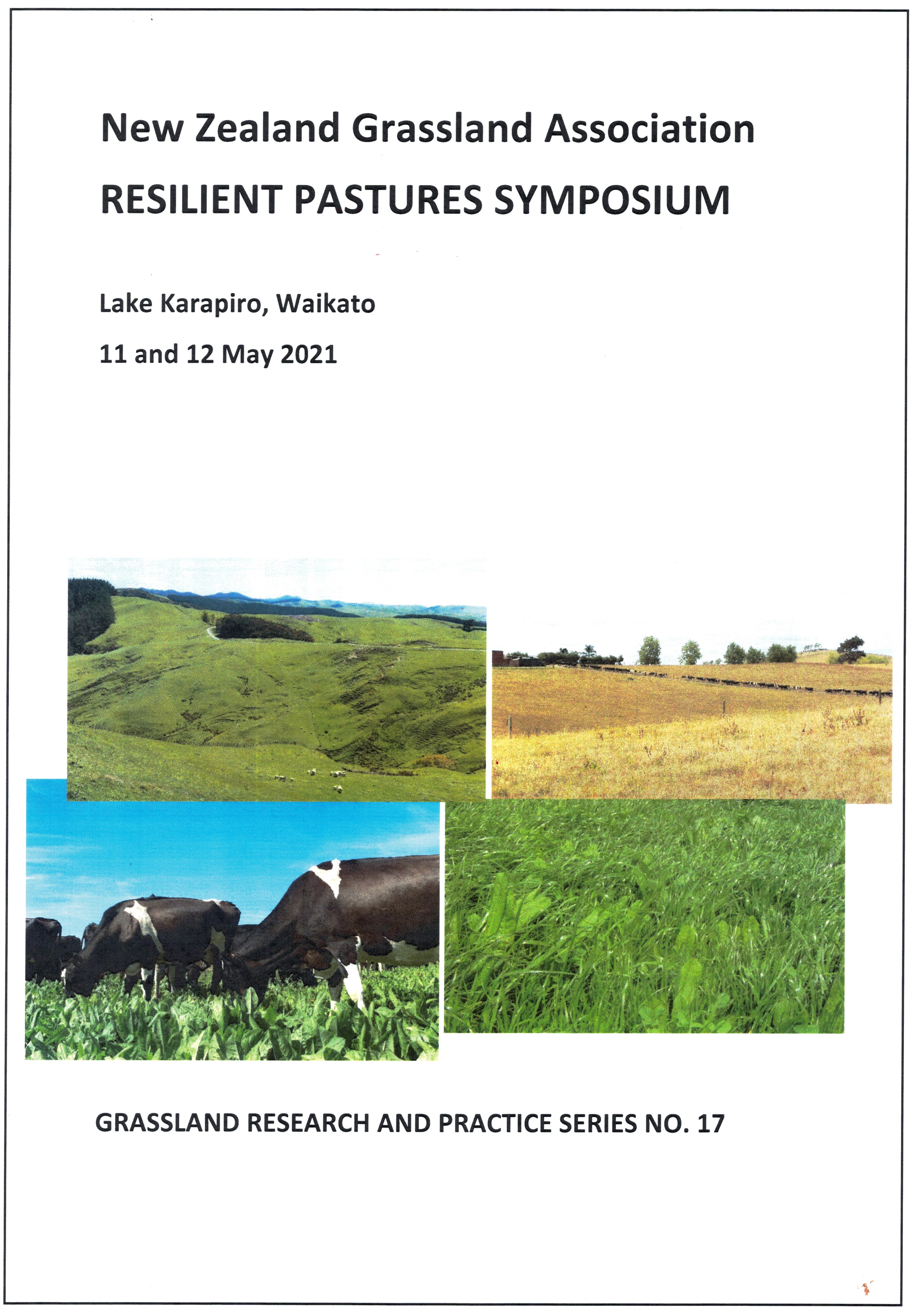Will current rotational grazing management recommendations suit future intensive pastoral systems?
DOI:
https://doi.org/10.33584/rps.17.2021.3464Keywords:
diverse pastures, grazing principles, grazing rotation, leaf regrowth stage, post-grazing residualAbstract
This review aimed to determine whether current grazing management practices will suit future intensive rotationally grazed pastoral systems. A review of literature on grazing management recommendations found that there was good agreement on the ‘principles’ required for optimal grazing management. While these management practices have stood the test of time, it is concluded that shifts in external pressures (e.g., climate, plant selection and breeding, system intensification) compared to the period when farm-level grazing recommendations were first developed, may necessitate a rethink of current grazing recommendations. Examples include greater pasture masses (e.g., around 4000 kg dry matter (DM)/ha vs. the recommended range of 2600 to 3200 kg DM/ha) where short-rotation (annual, biennial) and tetraploid ryegrasses are sown, provided a consistent post-grazing residual can be maintained (possibly between 40- and 70- mm height). Milder winters and the use of ryegrass cultivars with higher growth rates in late winter/early spring may necessitate either lower target pasture covers at calving or shorter rotation lengths during winter. Longer grazing rotations (well beyond the 3-leaf stage, i.e., equivalent to deferred grazing) can be recommended for select paddocks from mid-spring into summer, to increase seasonal resilience across the farm. Longer residuals (even up to 70 mm - i.e., almost double the recommended height) might improve plant survival during periods of high stress (e.g., heatwaves, droughts). Lastly, diverse species pastures may require specific management to suit dominant species other than perennial ryegrass.
Downloads
Published
How to Cite
Issue
Section
License
Copyright
This work is licensed under a Creative Commons Attribution-Non Commercial-NoDerivatives 4.0 International License. Rights granted to the New Zealand Grassland Association through this agreement are non-exclusive. You are free to publish the work(s) elsewhere and no ownership is assumed by the NZGA when storing or curating an electronic version of the work(s). The author(s) will receive no monetary return from the Association for the use of material contained in the manuscript. If I am one of several co-authors, I hereby confirm that I am authorized by my co-authors to grant this Licence as their agent on their behalf. For the avoidance of doubt, this includes the rights to supply the article in electronic and online forms and systems.


